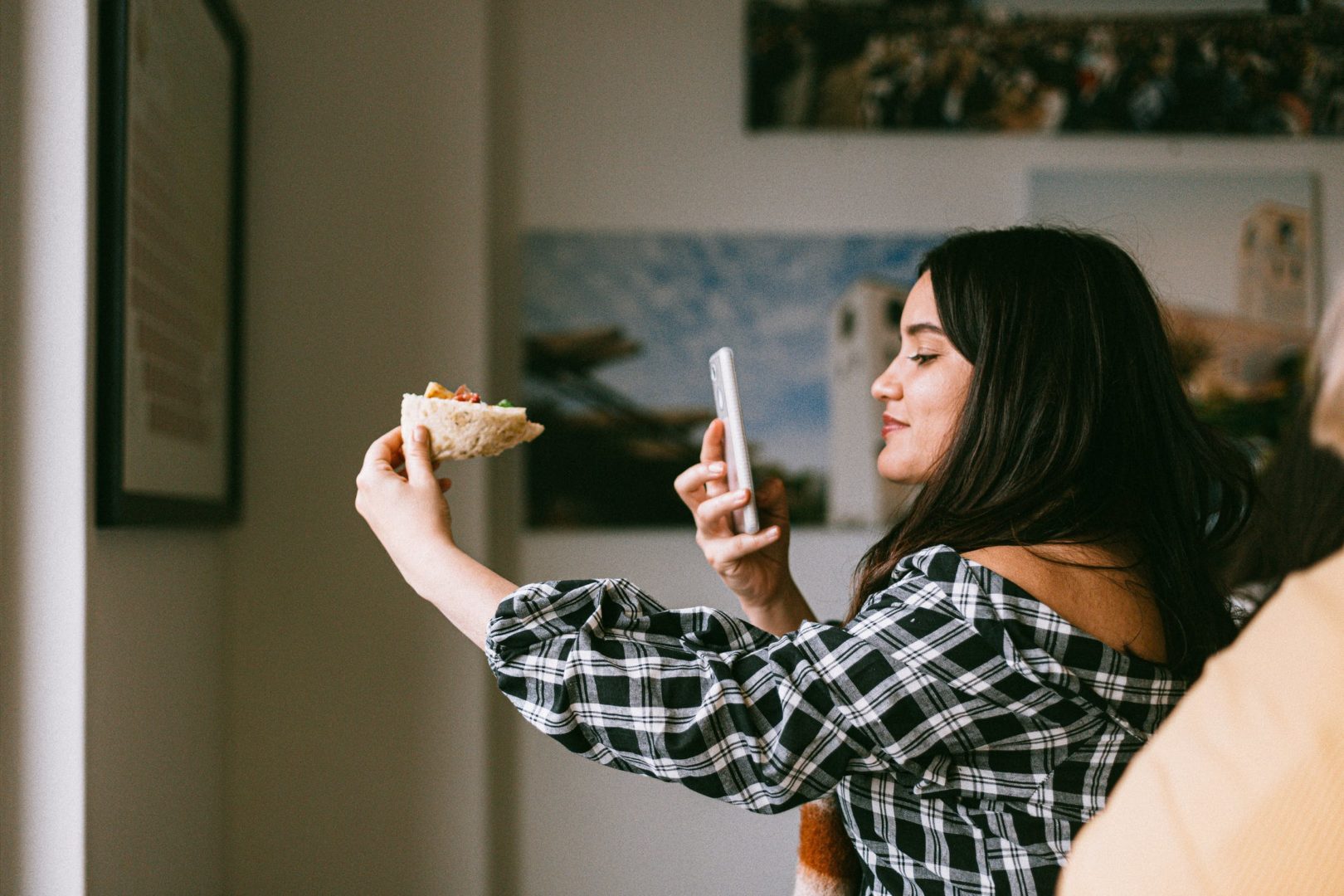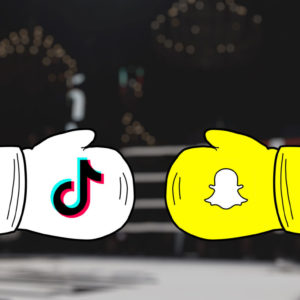Influencer Matching Sites: What Are They Good For?

“Influencers.”
The word evokes some pretty strong associations for many of us – often negative, maybe even cringeworthy. But as much as we love to hate influencers, there’s a reason the industry is so huge. Influencer marketing works.
By the Numbers
For every dollar spent on influencer marketing in 2019, the average earned media value was $5.78. Plus, for savvy brands who get it right, the average can be as high as $18 per dollar spent… and those numbers have increased compared to the year before.
The rapid growth of the industry reflects just how popular influencer marketing has become. Year over year, the estimated market size has increased about 50% or more – and in 2020, it’s quickly approaching an impressive $10 billion. So maybe it’s no surprise that 49% of consumers today depend on influencer recommendations for their purchase decisions.
But the sheer scale of the industry can be intimidating. If you’re looking to test the waters for yourself, where do you even get started? How do brands find influencers to work with – especially on a large scale – and how can individual influencers get their attention?
It’s definitely easier said than done. In fact, finding the right match was one of the biggest challenges cited by brands and industry professionals in a recent survey: 85% stated it was either very difficult or moderately difficult to find appropriate influencers for their campaigns.
Fortunately, there’s hope! Dedicated influencer matching agencies and platforms are popping up all over the place nowadays. From simple matchmakers to one-stop shops that include campaign management, recruitment, payment facilitation and more, to white-glove services for those with the budget to spare, there’s something for everyone out there.
Let’s take a look at a few examples…
Agencies Aplenty
(Disclaimer: we’re not affiliated with nor do we endorse any of the following agencies – these are simply a few representative examples from the huge field of options available.)
Narrow Focus
Concentrating solely on Instagram, YouTube, and more recently Twitch, Octoly offers brands a community of 30k+ vetted influencers who will create content and reviews in exchange for free products. The platform, mainly used by those in the fashion, beauty, and gaming industries, acts like an online mall where select influencers can shop. Here’s how it works:
- Each brand creates their own “store” containing all the products they have available for review, the number of each, any variations in color, size, etc., and guidelines for posting content.
- Once this is done, the brand simply ships their products to Octoly, and the agency handles the rest.
- Influencers shop around and select a product they’re interested in for their channel, which triggers a notification to the brand.
- If the brand determines the influencer is the right fit, they can approve the match and Octoly sends out the product for review.
- A credit system for accountability ensures that influencers hold up their end of the deal.
Ultimately, for brands who have surplus product they’re willing to hand out, Octoly and similar agencies serve a pretty decent low-risk / high-reward niche – who doesn’t love free stuff?!
Full Service
For brands with a larger budget and those who use a wide variety of social platforms, Sideqik is fairly unique among influencer matching agencies. Here are some of their perks:
- Before doing anything else, they’ll analyze your own existing followers. Maybe you already have a few good influencer candidates with an active interest in your brand and a loyal audience of their own… (Even nano-influencers with <10k followers can be valuable!)
- The Sideqik platform will continue automatically searching for new influencer recruits by analyzing engagement – either via new followers to your social accounts or through your existing influencer partners. This way, your audience and reach will be continually growing.
- Your approved influencers can be divided into customizable groups to quickly select which ones are best suited for a specific initiative – e.g. those who are highly creative, or have the most reach, or are in a particular geographic region, or who already received a product, etc.
- As more influencers join your community on the platform, they’re automatically presented with the campaigns they qualify for, so once you have things set up correctly, Sideqik does practically all the work for you.
In fact, every niche and need you could possibly have is virtually guaranteed to be served by some influencer agency, somewhere.
Other Examples
For instance, there are agencies like ACTIVATE, which offers a team of influencer strategists, technologists, data scientists, and operations professionals to distinguished clients like Tinder, Levi’s, Prudential, and Walmart. Brands have two options to choose from: ACTIVATE Studio, which provides full white-glove influencer marketing services, and ACTIVATE Platform for those who prefer the self-serve approach.
Or The Motherhood, an agency specializing in mom-blogger influencers, which employs a totally handcrafted approach amid the modern trend of automated processes and algorithms. They cultivate truly personal relationships with their hand-selected influencers, so they even know which mom bloggers have kids with food allergies, for instance – and know not to offer them campaign opportunities that would be inappropriate for their needs.
Or CLEVER, the agency behind the #Batkid Make-A-Wish event in the San Francisco Bay Area… With just 10 days to get the word out about a five-year-old boy who wanted to be a superhero for a day, they managed to draw 20,000 people to cheer him on in San Francisco-turned-Gotham – and garnered nearly 2 billion impressions worldwide via their influencer network.
Agencies like CLEVER thrive on creativity, so even if they may not be the most sophisticated at first glance, they focus on encouraging innovative ideas and authenticity – which is so crucial for influencers and brands to keep in mind.
And that’s not all. The industry itself is evolving, too.
What’s Next?
In China, Alibaba and Douyin (TikTok’s sister app) are ahead of the curve with “live selling” via video. Still in its infancy in North America, live selling is where influencers collaborate with merchants and brands to host shoppable video sessions promoting products to their followers, in real time.
In Q1 this year, over 4 million live shopping sessions took place in China alone – and international expansion is on its way with the recently launched Connect matchmaking system for influencers on AliExpress.
Even Amazon is getting in on the game with Amazon Live, bringing interactive live streaming video to the online shopping experience. Launched last year, the initiative integrates with the existing Amazon Influencer Program to drive sales in a whole new way for the ecommerce giant. Importantly, it allows for real-time interaction between viewers and brands, so any product questions can be answered via public chat during live streaming sessions.
The options are endless! We expect the influencer marketing industry will continue to grow at a rapid pace, with new innovations offering a competitive advantage to those who make use of them judiciously.
If you want to dip your toes in, an influencer matching service may indeed be the way to go. But it’s not all sunshine and roses…
Proceed With Caution
In recent years, public perception of influencers has shifted – for the worse. Some people may even view them as akin to swindlers, trading on their popularity to indiscriminately hawk wares to an impressionable audience. Others may look askance at carefully curated feeds and airbrushed, sugarcoated content.
Ultimately, brands need to walk a fine line to do influencer marketing right – and that’s where agencies come in handy. Their experience and expertise can help you go far.
Anytime money changes hands, however, transparency is of the utmost importance:
- Make sure you know exactly what you’re paying for;
- Be skeptical when something sounds too good to be true;
- Watch out for fraud (such as comment bots, pods, and purchased followers);
- Always have a way to track results and determine your ROI.
Caveats aside, if you feel that influencer marketing is right for you – whether you use a matching site or not – now is a great time to dive in!
For more, check out our previous post outlining some best practices here.


